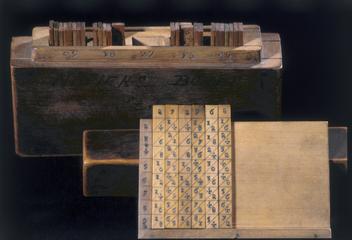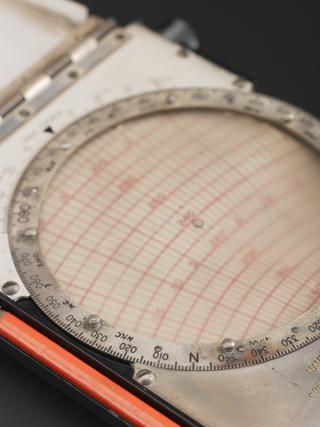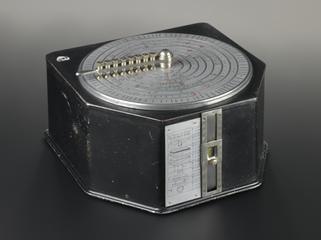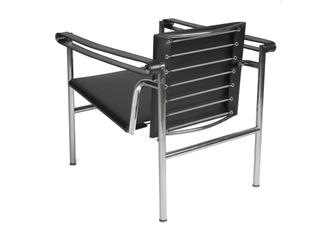
Polyhedron model showing the icosahedron and one of its 58 stellations
- Made:
- 1986-1987 in Nottingham
- maker:
- John L. Hudson






Polyhedron model showing the icosahedron and one of its 58 stellations, by John L. Hudson, Nottingham, England, United Kingdom, 1986-1987
Stellating a polyhedron means extending elements such as edges or face planes until they meet each other. The new figure is a stellation of the original. It was not until 1938 that all 59 possible stellations of the icosahedron were listed. This is the outermost or ‘final’ stellation: it has 180 faces, 270 edges and 92 vertices. John Hudson made all 59 stellations of the icosahedron in cardboard for the Museum between 1986 and 1987.
Details
- Category:
- Mathematics
- Object Number:
- 1987-898/63
- Materials:
- cardboard
- Measurements:
-
overall: 300 mm x 300 mm x 300 mm,
- type:
- mathematical model and geometrical model
- credit:
- Mr J.L.Hudson




